
RO Plant Filter
10,000 - 50,000 Per perunit
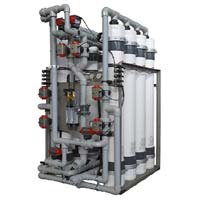
Ultra Filtration System
Get Price Quote
Description of Technology MF has the largest pore size (0.1 – 3 microns) of the wide variety of membrane filtration systems. UF pore sizes range from 0.01 to 0.1 micron. In terms of pore size, MF fills in the gap between ultrafiltration and granular media filtration. In terms of characteristic particle size, this MF range covers the lower portion of the conventional clays and the upper half of the range for humic acids. This is smaller than the size range for bacteria, algae and cysts, and larger than that of viruses. MF is also typically used for turbidity reduction, removal of suspended solids, giardia and cryptosporidum. UF membranes are used to remove some viruses, color, odor, and some colloidal natural organic matter [1]. Both processes require low transmembrane pressure (1–30 psi) to operate, and both are now used as a pretreatment to desalination technologies such as reverse osmosis, nanofiltration, and electrodialysis [1]. MF membranes can operate in either crossflow separation or dead-end filtration. Cross flow separation is where only part of the feed stream is treated and the remainder of the water is passed through the membrane untreated. In dead-end separation, all of the feed water is treated. There are also two pump configurations, either pressure driven or vacuum-type systems. Pressure driven membranes are housed in a vessel and the flow is fed from a pump. Vacuumtype systems are membranes submerged in non-pressurized tanks and driven by a vacuum created on the product side. Typical recoveries can range from 85% to 95% [2]. Flux rates range from 20 to 100 gpd/ft2 depending on the application. Backwashes are usually carried out for short durations (3 to 180 s) and occur in relatively frequent intervals (5 min to several hours) [2]. The frequency and duration depend on the specific application. A clean in place (CIP) can also be performed as a periodic major cleaning technique. Typical cleaning agents are sodium hypochlorite, citric acid, caustic soda and detergents. They can be initiated manually, and automatically controlled. CIP’s occur when backwashing and chemically enhanced backwashes are not sufficient enough. Factors influencing membrane selection are, cost, percent recovery, percent rejection, raw water characteristics, and pretreatment requirements. Factors influencing performance are raw water characteristics, trans-membrane pressure, temperature, and regular monitoring and maintenance. Pretreatment A self backwashing 100 um strainer is often necessary to protect the membranes and moderate particulate loading. Depending on the raw water, a coagulant such as ferric chloride may be added to form pinfloc and help improve rejection. Maintenance It is necessary to monitor filtrate turbidity to give a rough indication of membrane integrity. Membrane integrity can be tested through a pressure decay test. In this test, pressurized air is applied to the membranes at a pressure less than would cause the air to flow through the membrane, and the pressure decay is measured. Regular monitoring of membrane performance is necessary to ensure the membrane system is operating at the most effective loading rate and backwash regime. Membrane life is typically estimated at 7+ years with manufacturer warranties covering 5 years. Waste Disposal Waste includes pretreatment waste, backwash flow, retentate flow (if applicable), and CIP waste. Waste streams are either discharged to the sewer or treated if discharging to surface waters. Waste streams being discharged to surface waters are typically processed for turbidity removal through settling ponds or other treatment systems. CIP waste is neutralized and usually combined with the rest of the waste. Benefits • A low pressure process • Can typically produce water of satisfactory turbidity with feed waters exceeding 100 NTU. • MF and UF can receive state removal credits for Giardia and viruses up to 3 log and 4 log, respectively. However, virus removal is typically 0.5 log or less due to the smaller pore size of MF and UF.3
Best Deals from Filters
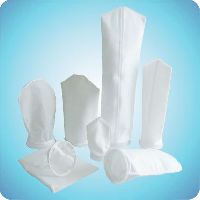
polypropylene filter bags
Get Price Quote
MMP’s liquid filter bags fit all industries and standard bag housing systems. There is high precision in manufacturing, which ensures consistent qMedia range of 1-1500 µ Multi-layered filtering capabilities that facilitate higher dirt holding capacities OEM replacement ring style fitting Handles for easy installation and removaluality and no contamination.
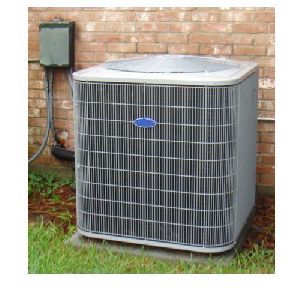
Polyurethane Foam Filters
Get Price Quote

SS Carbon Filters
60,000 - 85,000 Per Piece
1 Piece (MOQ)
For the miscellaneous requirements of our esteemed clients, we are engaged in offering a wide range of Activated Carbon Filter. They ensure longer functional life. High-end technologies and modern machines are used while manufacturing these products. These products can be availed at industry leading rates. Features: Least maintenance Easy to handle Durability
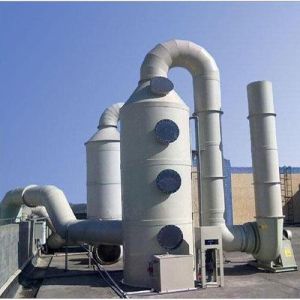
Granular Activated Carbon Tower
85,000 Per Piece

Pulse Jet Bag Filter
Get Price Quote
We manufacture, export, import, and supply Pulse Jet Bag Filter to our esteemed clients. The Pulse Jet Bag Filter is equipped with an automatic bag-cleaning device and is very efficient even at high temperatures. In addition, the Reverse Pulse Jet Bag Filter enables dry separation of dust from waste gas. The Pulse Jet Bag Filter can be availed at economical prices. Features : Automatic functioningEfficient functioningHigh durabilityEconomical
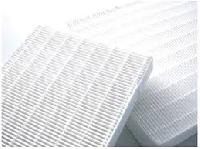
Mini Pleat Hepa Filter
Get Price Quote
Mini Pleat Hepa Filter, Air Shower, Modular Clean Room

biological media filter
Get Price Quote
biological media filter, biological filter media, iron Removal Plants

Two Stage Filters
Get Price Quote
Two Stage Filters

Hydraulic Filters
Get Price Quote
Hydraulic Filters, direction control valves, Gas Cutting Machine Spares

canister filter
Get Price Quote
canister filter, Fish Pond Filter